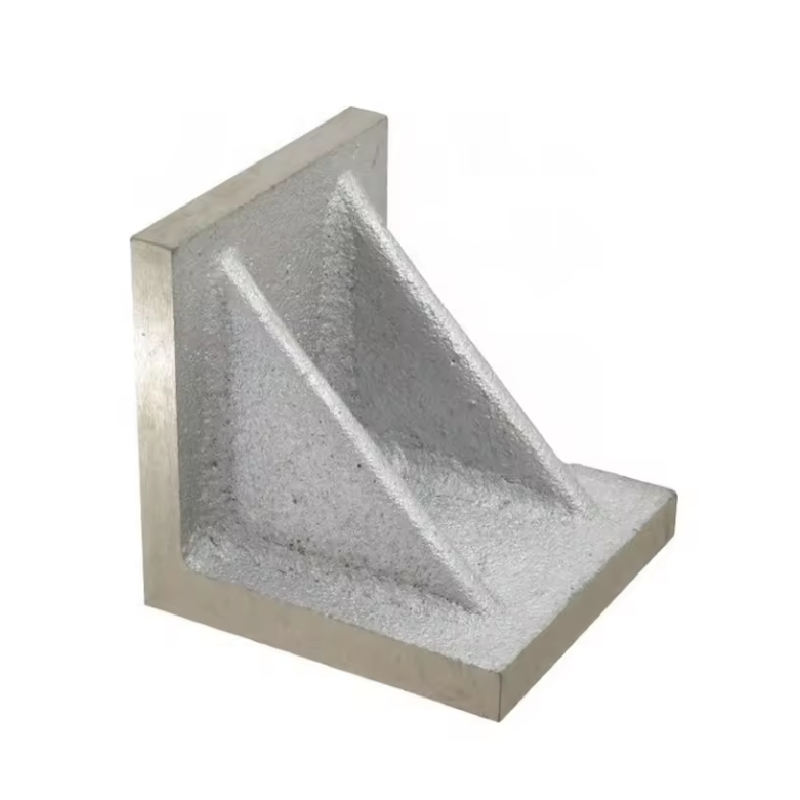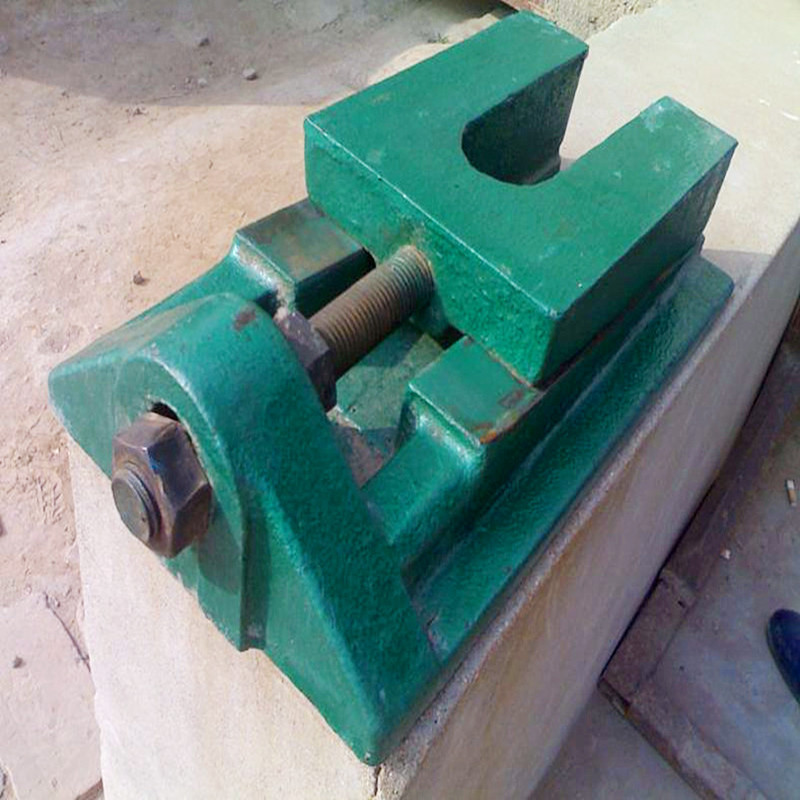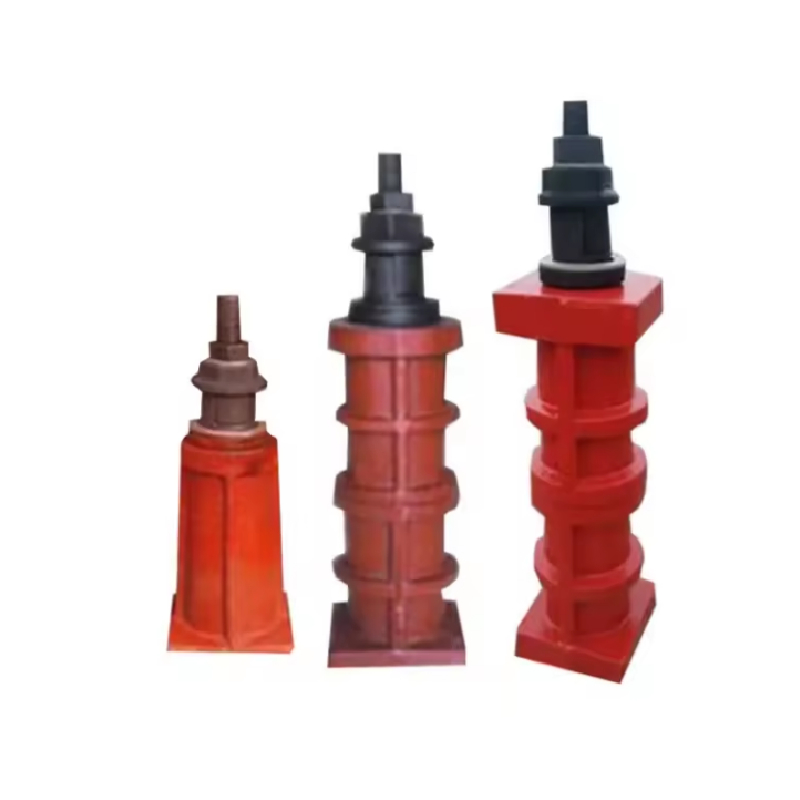júl . 28, 2025 10:14 Aftur á lista
Key Factors When Selecting Ball Valves for Sale
Choosing the right ball valves for sale requires careful consideration of several technical and operational factors. Whether you're a wholesaler offering ball valves wholesale or an end-user, understanding ball valve body types, different types of ball valves, and their applications ensures optimal performance and longevity. This guide explores the essential criteria for selecting the best ball valves types for industrial, commercial, and residential use.
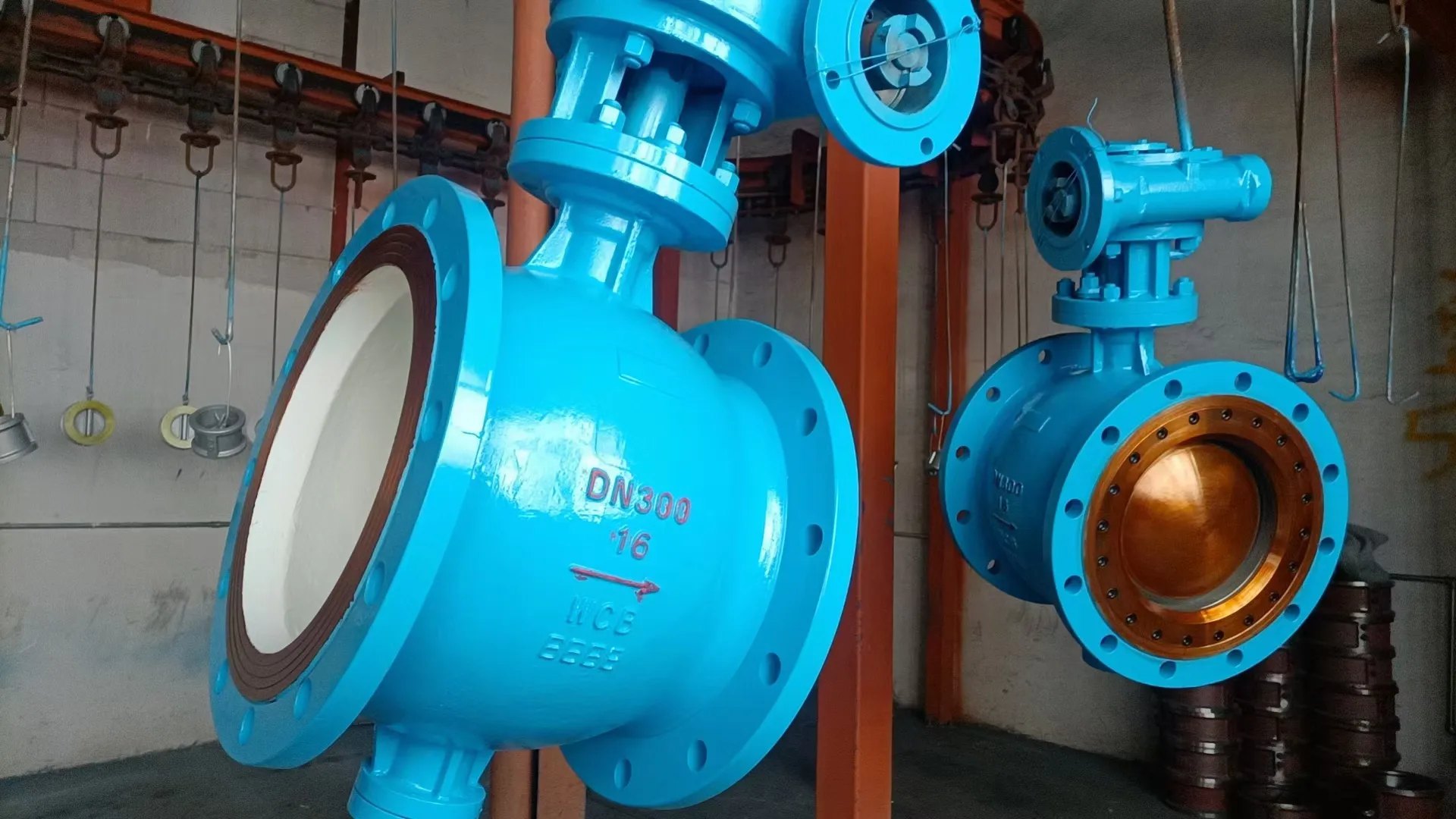
Understanding Ball Valves For Sale Body Types
The construction of ball valve body types significantly impacts durability, maintenance, and pressure handling. The most common designs include:
One-Piece Body – Compact and leak-proof, ideal for low-pressure applications.
Two-Piece Body – Allows partial disassembly for maintenance without full removal.
Three-Piece Body – Fully separable for easy cleaning and repair, preferred in industrial settings.
Top-Entry Body – Enables internal servicing without pipeline disconnection.
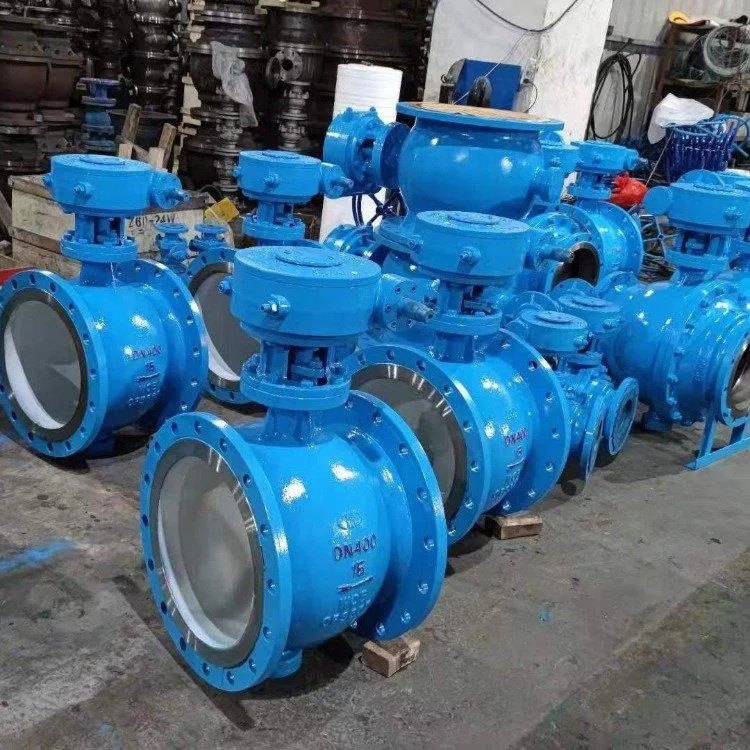
Key Consideration:
For high-pressure systems (PN40+), three-piece ball valves offer superior reliability, while one-piece valves are cost-effective for low-pressure water systems.
Additionally, there are other specific designs tailored for unique applications such as:
Welded Body – Often used in critical applications where leakage is unacceptable, providing a permanent, leak-tight seal.
Truncation Mounted Ball – Suitable for high-temperature and high-pressure services, as the ball is supported by grunions to prevent deformation under stress.
Floating Ball – Commonly found in lower-pressure applications, where the ball is not supported and floats freely, sealing against the seat when closed.
Reduced Bore (Reduced Port) – Offers a smaller flow path than the pipeline, useful in flow control applications or where space is limited.
Full Bore (Full Port) – Provides an unobstructed flow path, ideal for applications requiring minimal pressure drop or where pigging is necessary.
When selecting the appropriate ball valve body type, factors such as operating pressure, temperature, fluid characteristics, and the need for easy maintenance should be carefully considered.
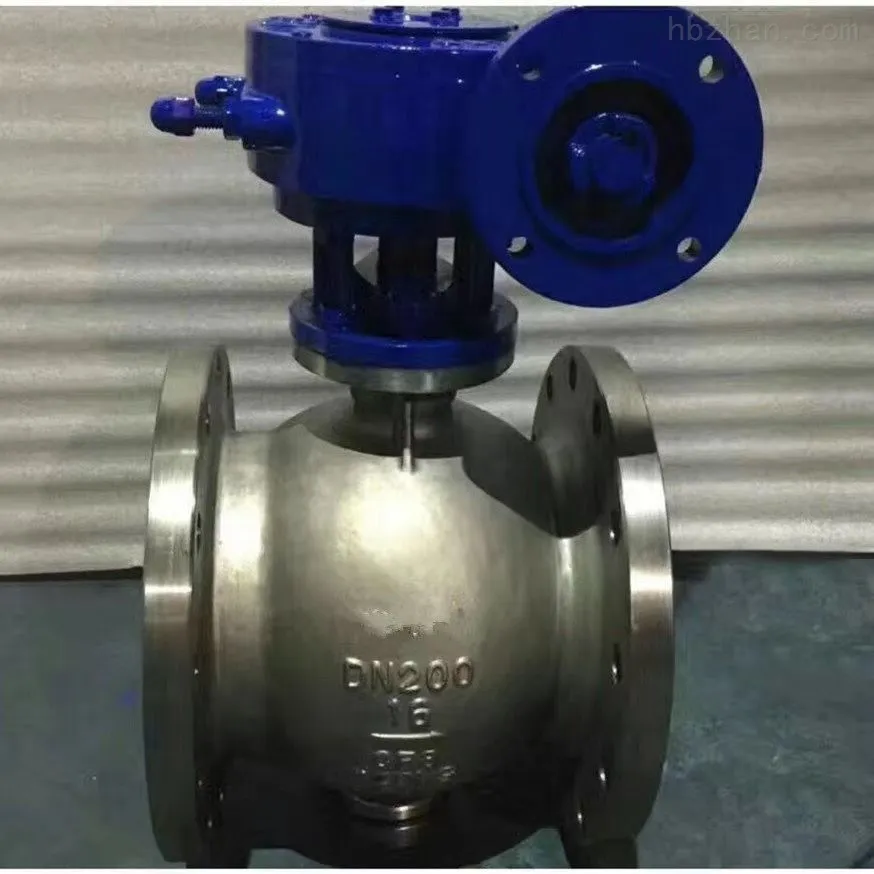
Moreover, material choice for the ball valve body is equally crucial, as it influences corrosion resistance, temperature tolerance, and overall lifespan. Common materials include:
Bronze – Known for its corrosion resistance and strength, making it suitable for a variety of applications including potable water systems.
Stainless Steel – Offers excellent corrosion resistance and high-temperature capabilities, widely used in industrial and food processing environments.
Carbon Steel – Cost-effective and strong, often used in high-pressure and high-temperature applications where corrosion is not a concern.
Special Alloys – Such as Colonel, Costello, and Model, used in extreme conditions involving high temperatures, corrosive fluids, or both.
Understanding the specific requirements of your application and consulting with a valve expert can help ensure you select the most suitable ball valve body type and material for optimal performance and reliability.

Different Types of Ball Valves For Sale and Their Applications
Different types of ball valves serve distinct purposes based on design and functionality:
|
Type |
Best For |
Pressure Range |
Temperature Limit |
|
Floating Ball |
Water, air, low-pressure gas |
Up to 600 PSI |
-20°C to 150°C |
|
Truncation Ball |
Oil, gas, high-pressure steam |
Up to 1500 PSI |
-50°C to 250°C |
|
V-Port Ball |
Flow control & throttling |
Up to 300 PSI |
-10°C to 120°C |
|
Multi-Port Ball |
Directional flow switching |
Up to 200 PSI |
-20°C to 80°C |
Floating ball valves are common in plumbing, while truncation ball valves dominate oil and gas pipelines due to their high-pressure resistance.
Material Selection for Ball Valves For Sale
The valve material must match the medium and operating conditions:
Brass – Affordable, corrosion-resistant for water and air (max 300 PSI).
Stainless Steel (SS304/SS316) – Resists chemicals, high temperatures (up to 400°C).
PVC/CPVC – Lightweight, ideal for corrosive fluids (acids, chlorine).
Carbon Steel – High strength for industrial steam and oil (up to 1000 PSI).
Pro Tip: For seawater or chlorinated water, super duplex stainless steel prevents pitting corrosion.
Ball Valves For Sale Connection Types and End Configurations
The valve’s end connections affect installation and sealing:
Threaded (NPT, BSP) – Common in small-scale plumbing.
Clanged (ANSI, DIN) – Used in high-pressure industrial pipelines.
Socket-Weld – Provides leak-proof joints in high-vibration systems.
Wafer/Lug – Space-saving for compact installations.
Flanged ball valves are preferred in ball valves wholesale for oil refineries, while threaded valves suit residential water systems.
Ball Valves For Sale FAQs
What is the difference between floating and truncation ball valves for sale?
Floating ball valves rely on seat pressure for sealing (suitable for ≤600 PSI), while truncation ball valves use mechanical anchoring for higher pressures (up to 1500 PSI).
Can PVC ball valves for sale handle hot water?
No, most PVC ball valves are limited to 60°C. For hot water, choose CPVC (90°C) or metal valves.
Which ball valves for sale type is best for throttling?
V-port ball valves provide precise flow control, unlike standard full-port ball valves, which are better for on/off applications.
Are stainless steel ball valves for sale worth the higher cost?
Yes, stainless steel ball valves offer superior corrosion resistance and longevity in harsh environments, reducing replacement costs.
Where can I buy high-quality ball valves for sale wholesale?
We supply ball valves for sale in various ball valve body types and materials—contact us for bulk pricing and certifications.For ball valves wholesale distributors and industrial buyers, selecting the right valve ensures
system efficiency and safety. Our ball valves for sale include:
Multiple body types (one-piece, two-piece, three-piece)
All major materials (brass, stainless steel, PVC, carbon steel)
Competitive bulk pricing with fast global shipping
Contact us today to discuss your requirements and get the best ball valves types for your applications!
-
V Blocks for Sale: Types, Uses, and Best Heavy-Duty Frame V OptionsFréttirJul.28,2025
-
The Process of Creating Precision Granite Stone BlocksFréttirJul.28,2025
-
Key Factors When Selecting Ball Valves for SaleFréttirJul.28,2025
-
How Seat Material Affects Performance in Butterfly Valve ApplicationsFréttirJul.28,2025
-
Guide to Plain Ring Gages for Industrial Quality ControlFréttirJul.28,2025
-
4 Flanged Y Strainer Configurations for Heavy-Duty SystemsFréttirJul.28,2025
Skyldar vörur




